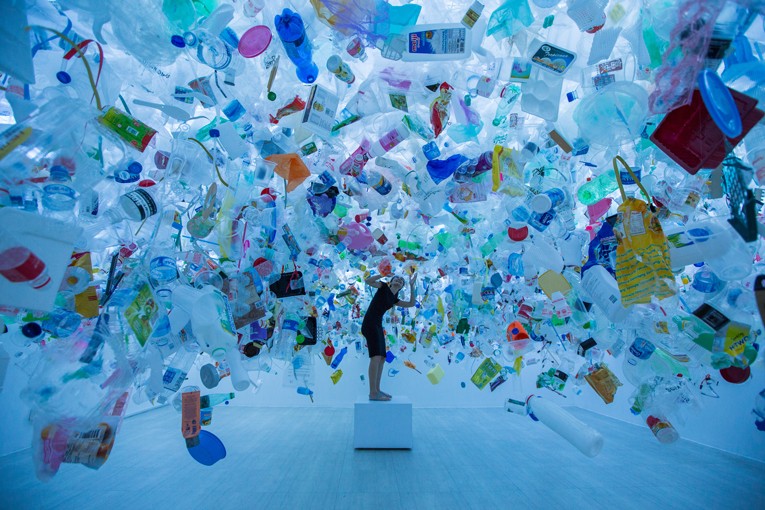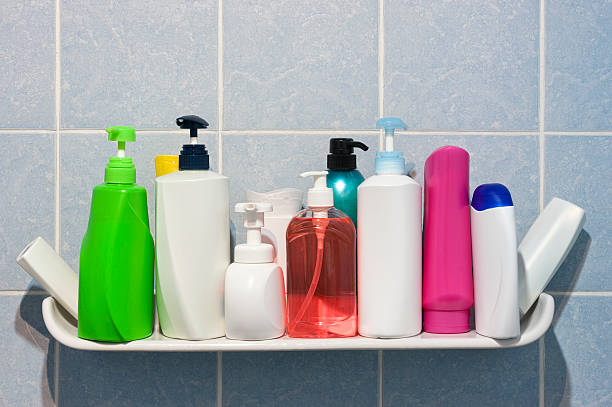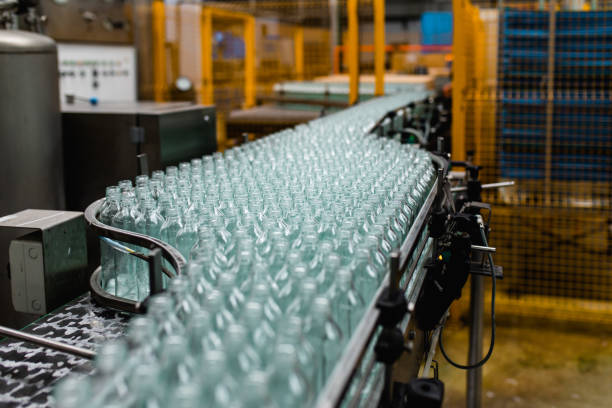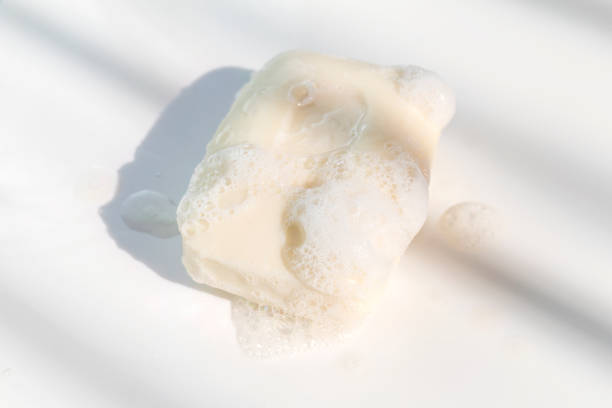
Artist Tan Zi Xi created this art installation creating a “plastic ocean” in which people can experience life below the Pacific Garbage Patch. Plastic Ocean is installed in an art gallery in Singapore. This piece by her was made up of over 20,000 pieces of plastic which she gathered from recycling and beach clean-ups. She states, “Through my art, I hope to increase awareness about the dire situation our oceans are in and also improve more people to evaluate their personal plastic waste generation and disposable habits. Plastics are non-biodegradable and will remain on Earth for a very long time. Plastic Ocean will appeal to the morality of the public and shed light on how the culture of convenience is unsustainable” Through this piece the artist is hoping to bring awareness to us who have an out-of-sight-out-of-mind mindset on how our own plastic footprint is affecting our earth.

This art installation named Plastikophobia was made by artists Von Wong and Joshua Goh. This installation stands in the Sustainable Singapore Gallary and was made up of 18,000 plastic cups collected from local food centers across Singapore to raise awareness for single-use plastic pollution. This art piece took almost a hundred volunteers and ten days to bring this project to life. This project not only does bring reality to the forefront about how much single-use plastics are used and wasted but how this plastic affects day-to-day activities people enjoy. They decided to photograph this piece as if it was a diver in the ocean, who is now consumed in this pool of plastic. The name “Plastikophobia” comes from the fear of plastic. I think this name is really fitting for this piece. The fear that plastic will one day consume our ocean and activities we enjoy doing.
Both of these art installations are not only pleasing to the eye but bring awareness to the people looking at them. I would love to one day be able to see these art installations for myself and learn more about the artists who chose we use these materials rather than basic art materials. I think art with a deep meaning that is able to speak to everyone in this world is a really cool concept. All of us are in the midsts of this environmental crisis and art is a good way to express and educate






